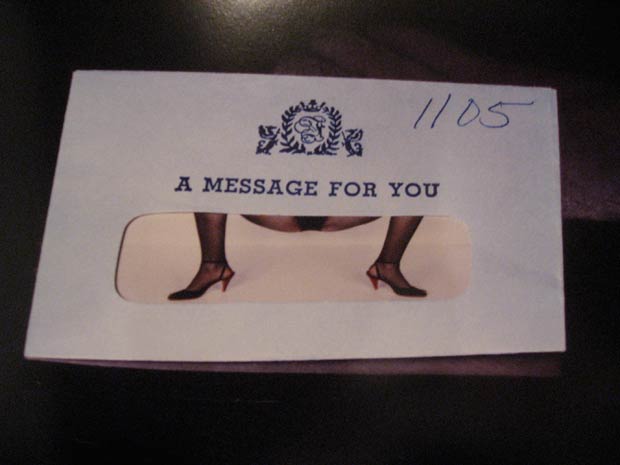The gesture that you end up making in the world

When it comes to creativity, it’s easy to imagine that more is better. Creativity lies at the heart of science. It solves problems and drives innovation. Then there’s the small matter of art and literature. Humanity’s self expression and aesthetic explorations are born of our creative drive.
And yet creativity has its downsides too, say Stefan Leijnen and Liane Gabora at the University of British Columbia in Canada. Creative solutions can only spread if they are adopted by other individuals. These imitators play an important role in society. They act as a kind of memory, storing the results of successful creative strategies for future generations. But the time that individuals spend creating means less time imitating. Clearly we cannot all be creators all the time but neither can we all be imitators.
That raises an interesting question, say Leijnen and Gabora. How much creativity does a society need to optimize the evolution of ideas?
To find out, they built a computational model that simulates the way ideas are created, how they spread and how they evolve in a society.
photo { Guy Bourdin }


